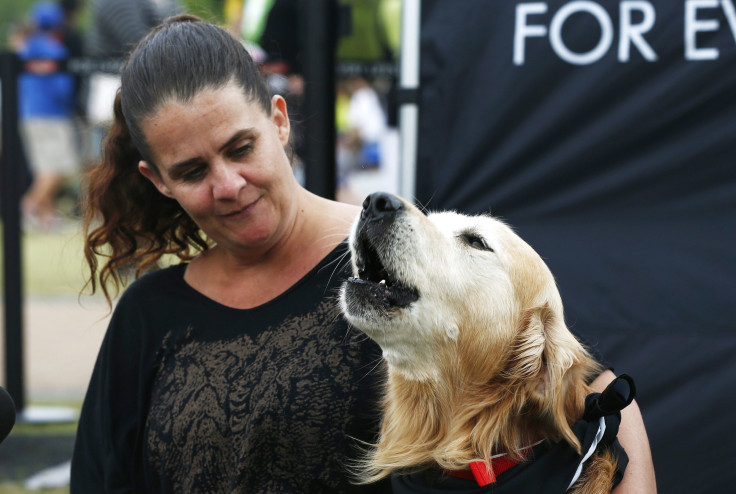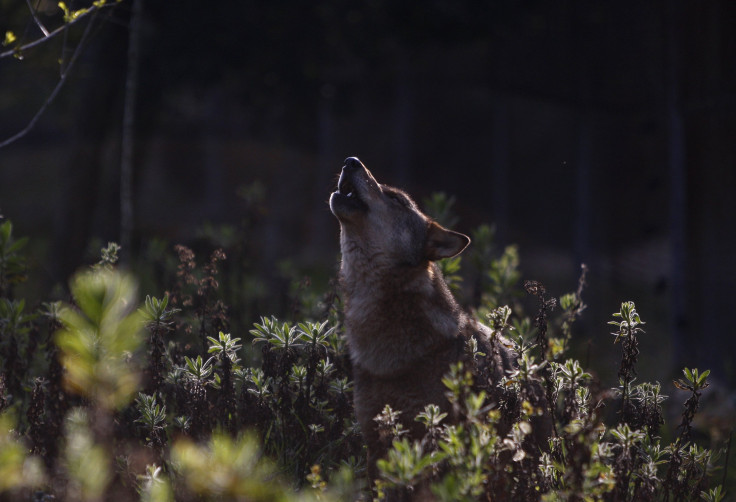Today’s Dogs Were Wolves, Tamed By European Hunters Thousands Of Years Ago: Report

Ancient hunter-gatherers in Europe domesticated wolves more than 18,000 years ago, triggering their gradual transformation into today's domesticated dogs, which have become an integral part of human life the world over, according to a new DNA study conducted by scientists at the University of California, Los Angeles, or UCLA.
Robert Wayne of UCLA, the study's senior author, and his colleagues had previously compared six nuclear genomes, including three of recent wolf breeds from the Middle East, East Asia and Europe, two ancient dog breeds and the boxer dog breed, and found that none of them seemed to be close to that of the domestic dog. As part of the current study, published on Nov. 15 in the journal Science, the researchers studied the mitochondrial DNA of 10 ancient “wolf-like” animals and eight “dog-like” animals, mostly from Europe.
The scientists also compared the ancient DNA with the modern genomes of 77 domestic dogs, 49 wolves and four coyotes, and determined that the domestic dogs were genetically linked to ancient wolves or dogs from Europe, and not from anywhere else.
“We found that instead of recent wolves being closest to domestic dogs, ancient European wolves were directly related to them,” Wayne said, in a statement. “This brings the genetic record into agreement with the archaeological record. Europe is where the oldest dogs are found.”

The findings of the study led to the conclusion that dogs derived from ancient wolves that inhabited Europe and are now extinct. And, the people who managed to tame the predatory wolves were ancient, migratory hunter–gatherer groups rather than the agricultural-based communities that were part of humans' development of a sedentary existence.
“The wolf is the first domesticated species and the only large carnivore humans ever domesticated,” Wayne said. “But if domestication occurred in association with hunter–gatherers, one can imagine wolves first taking advantage of the carcasses that humans left behind — a natural role for any large carnivore — and then over time moving more closely into the human niche through a co-evolutionary process.”
According to Wayne, the idea of wolves following hunter–gatherers can also explain the eventual genetic deviation, which led to the appearance of dogs. The wolves that used to follow the migratory patterns of early humans could have quit their territoriality, which might have led to less chances of reproduction with resident territorial wolves.
Although Wayne considers the new genetic data convincing, he said that more detailed genetic examination is required to confirm the findings of the study.
© Copyright IBTimes 2025. All rights reserved.






















